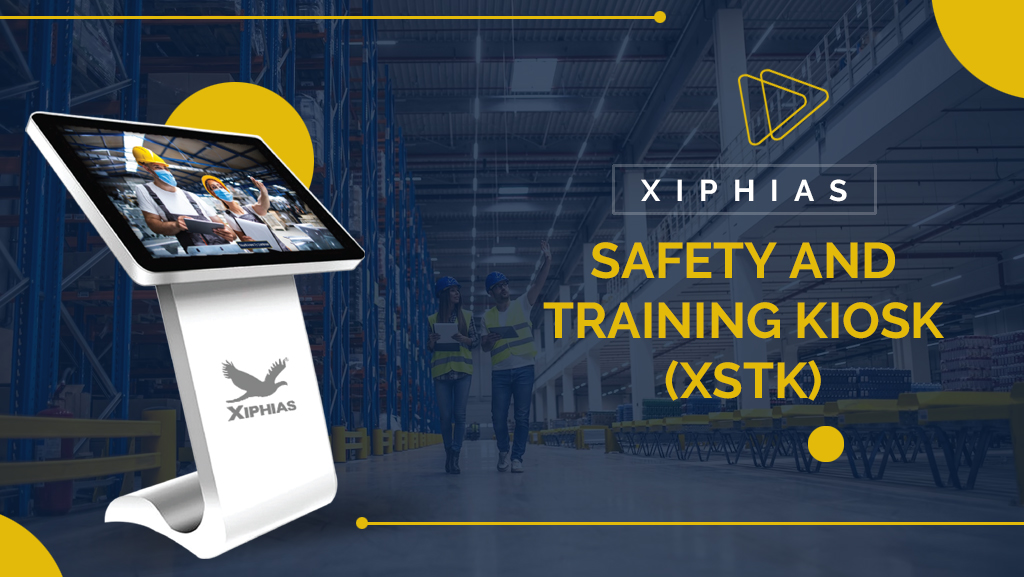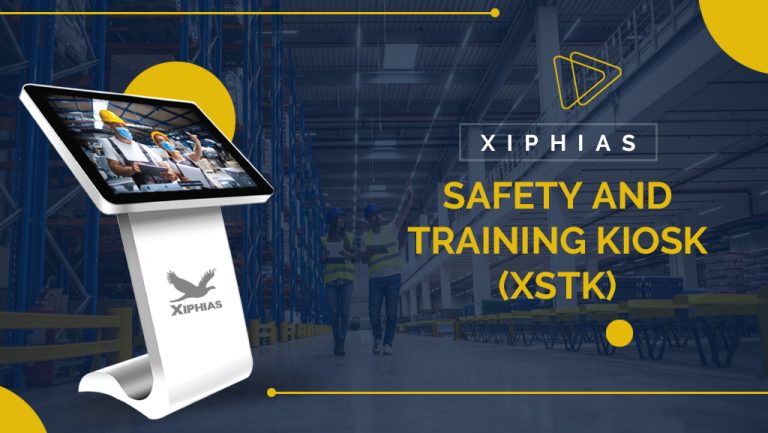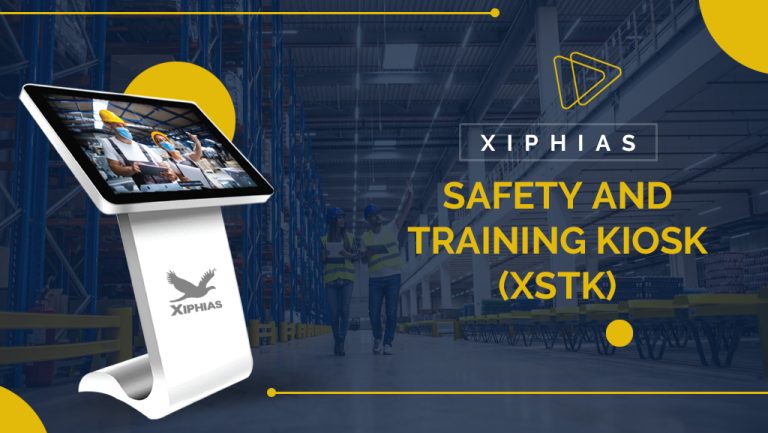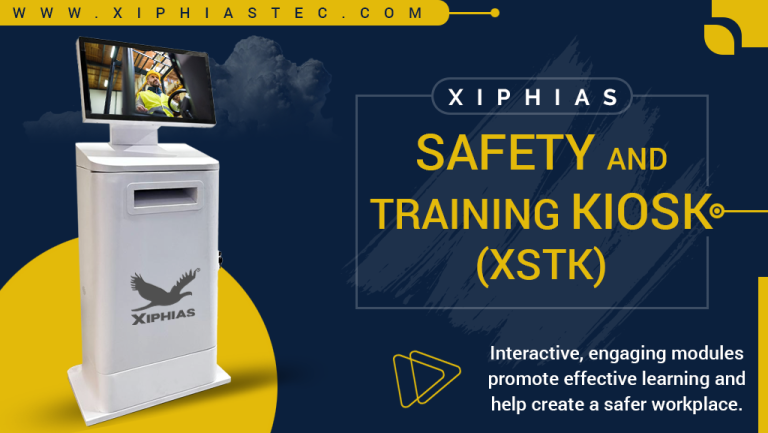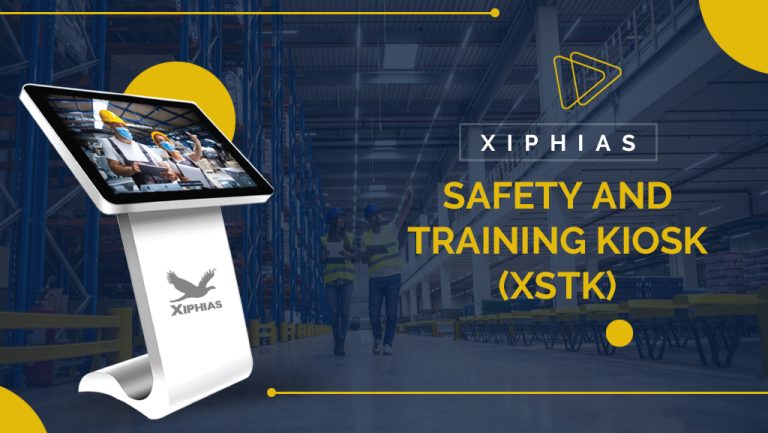The Future of Safety Training: Why Your Business Needs a Safety Training Kiosks
Workplace safety is a top priority for businesses across industries. Ensuring that employees are well-trained in safety procedures can prevent accidents, improve compliance, and enhance productivity. Traditional training methods, such as classroom sessions and paper-based assessments, often fall short in terms of engagement and effectiveness. This is where Safety Training Kiosks come into play. These digital, self-service kiosks are revolutionizing the way companies conduct safety training by offering an interactive, efficient, and cost-effective solution.
As businesses continue to embrace digital transformation, safety training kiosks are emerging as an essential tool for workplace safety. In this article, we will explore why your business needs a safety training kiosk, its benefits, key features, and how it is shaping the future of workplace safety.
The Evolution of Workplace Safety Training
Traditionally, safety training has been conducted through instructor-led sessions, printed manuals, and periodic workshops. While these methods have their merits, they are often time-consuming, expensive, and difficult to track for compliance. Moreover, retaining information from one-time training sessions can be challenging for employees.
With advancements in technology and automation, businesses are shifting toward digital solutions like safety training kiosks to improve efficiency. These kiosks offer on-demand training modules, real-time progress tracking, and interactive learning experiences, making safety training more engaging and effective.
Why Your Business Needs a Safety Training Kiosk
1. Improves Training Efficiency
A safety training kiosk allows employees to complete their safety training at their own pace. Unlike traditional classroom-based training, kiosks provide instant access to safety modules, quizzes, and instructional videos without scheduling conflicts. This reduces downtime and ensures that all employees receive consistent training.
2. Enhances Employee Engagement
Many employees find traditional training sessions monotonous. Safety training kiosks use interactive elements such as videos, simulations, quizzes, and gamification to make learning more engaging. This increases knowledge retention and encourages employees to take safety training seriously.
3. Ensures Compliance and Record-Keeping
Regulatory compliance is critical in industries such as manufacturing, construction, healthcare, and logistics. A safety training kiosk helps businesses comply with OSHA, ISO, and other safety regulations by tracking training progress and maintaining digital records of employee certifications. This makes audits and inspections much easier.
4. Reduces Training Costs
Hiring trainers, printing manuals, and organizing training sessions can be costly. A one-time investment in a safety training kiosk significantly reduces these expenses by providing a self-service training solution that can be used repeatedly without additional costs.
5. Minimizes Workplace Accidents
A well-trained workforce is less likely to cause accidents. By ensuring that employees receive comprehensive and up-to-date safety training, businesses can reduce workplace incidents, improve safety culture, and lower compensation claims.
6. Supports Multilingual Training
Many workplaces employ a diverse workforce with varying language preferences. Safety training kiosks can offer multilingual support, ensuring that every employee understands the safety protocols regardless of their native language.
7. 24/7 Accessibility
Unlike scheduled training sessions, a safety training kiosk is available 24/7, allowing employees to complete their training at a convenient time. This is especially beneficial for businesses that operate multiple shifts or remote locations.
8. Customizable Content
Every business has unique safety requirements. Safety training kiosks allow companies to customize content based on their industry, workplace hazards, and company policies. Businesses can upload training videos, guidelines, and emergency procedures tailored to their specific needs.
Key Features of a Safety Training Kiosk
To maximize the benefits of a safety training kiosk, businesses should look for key features such as:
- Interactive Touchscreen Interface – Provides an intuitive and user-friendly experience.
- On-Demand Training Modules – Employees can complete training at their convenience.
- Quizzes and Assessments – Ensures employees understand and retain safety knowledge.
- Automatic Progress Tracking – Helps HR and safety managers monitor employee training status.
- Multilingual Support – Accommodates a diverse workforce.
- Digital Certificate Generation – Provides proof of training completion.
- Integration with HR Systems – Automates record-keeping and compliance tracking.
- Emergency Response Instructions – Guides employees in handling workplace emergencies effectively.
Industries That Benefit from Safety Training Kiosks
Safety kiosks can be utilized in various industries, including:
- Manufacturing – Ensures workers understand machine safety protocols and handling hazardous materials.
- Construction – Educates employees on fall protection, PPE usage, and hazard identification.
- Healthcare – Trains staff on infection control, patient safety, and emergency response.
- Logistics and Warehousing – Reduces risks associated with material handling and equipment operation.
- Retail – Educates employees on fire safety, customer safety, and emergency evacuation procedures.
- Oil and Gas – Reinforces knowledge of hazardous environments and accident prevention.
The Future of Safety Training Kiosks
As businesses continue to prioritize workplace safety, safety training kiosks will evolve with emerging technologies such as:
1. AI-Powered Training Modules
Artificial Intelligence (AI) will personalize safety training by analyzing employee progress and suggesting relevant modules. AI-driven analytics can also predict workplace risks and recommend preventive measures.
2. Virtual Reality (VR) and Augmented Reality (AR)
Future safety training kiosk may incorporate VR and AR simulations to provide immersive safety training experiences. Employees can practice handling hazardous situations in a realistic yet controlled environment.
3. Cloud-Based Integration
Cloud-based safety training kiosks will enable businesses to update training content remotely, track employee progress in real time, and ensure compliance across multiple locations.
4. Biometric Authentication
Future kiosks may include fingerprint or facial recognition to ensure that employees complete their own training and to enhance security in safety record-keeping.
Conclusion
The future of workplace safety is digital, and safety training kiosk are at the forefront of this transformation. These kiosks provide an interactive, cost-effective, and efficient way to ensure employees receive essential safety training while meeting compliance requirements. By adopting a safety training kiosk, businesses can reduce accidents, improve employee engagement, and foster a culture of workplace safety.
Investing in a safety training kiosks today means preparing for a safer, smarter, and more compliant workplace tomorrow. Don’t wait until an accident happens—take proactive steps to enhance workplace safety now!

